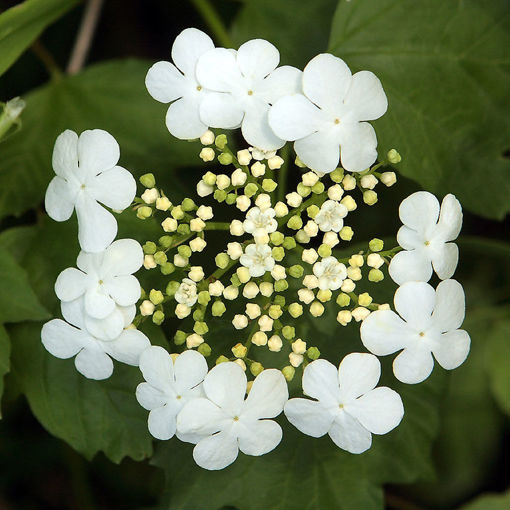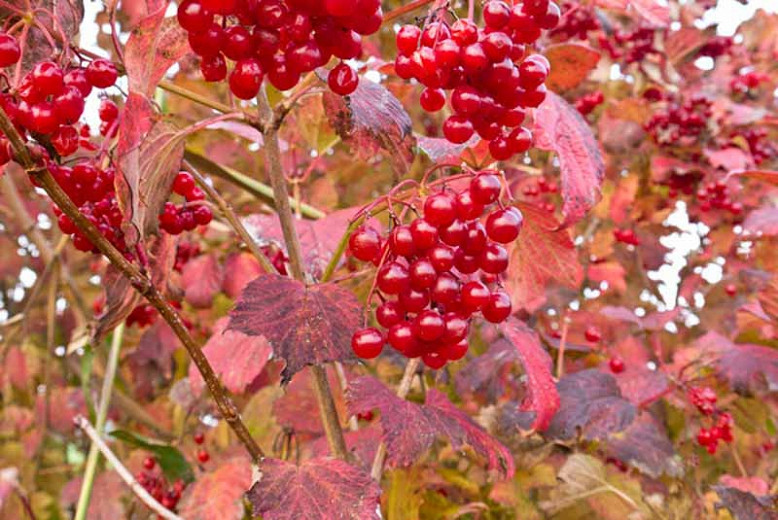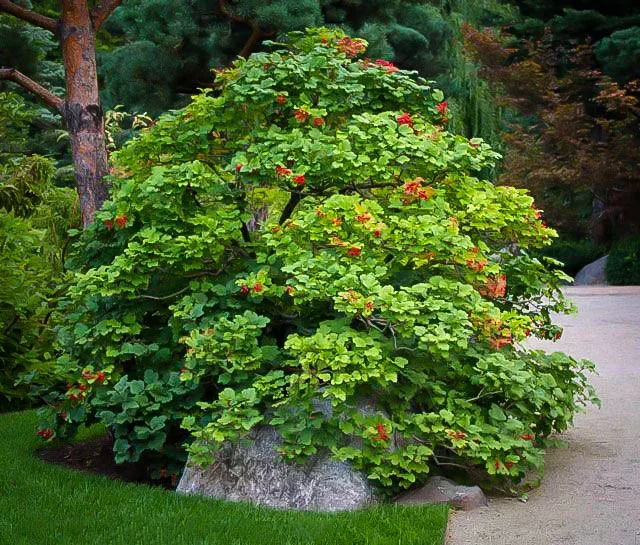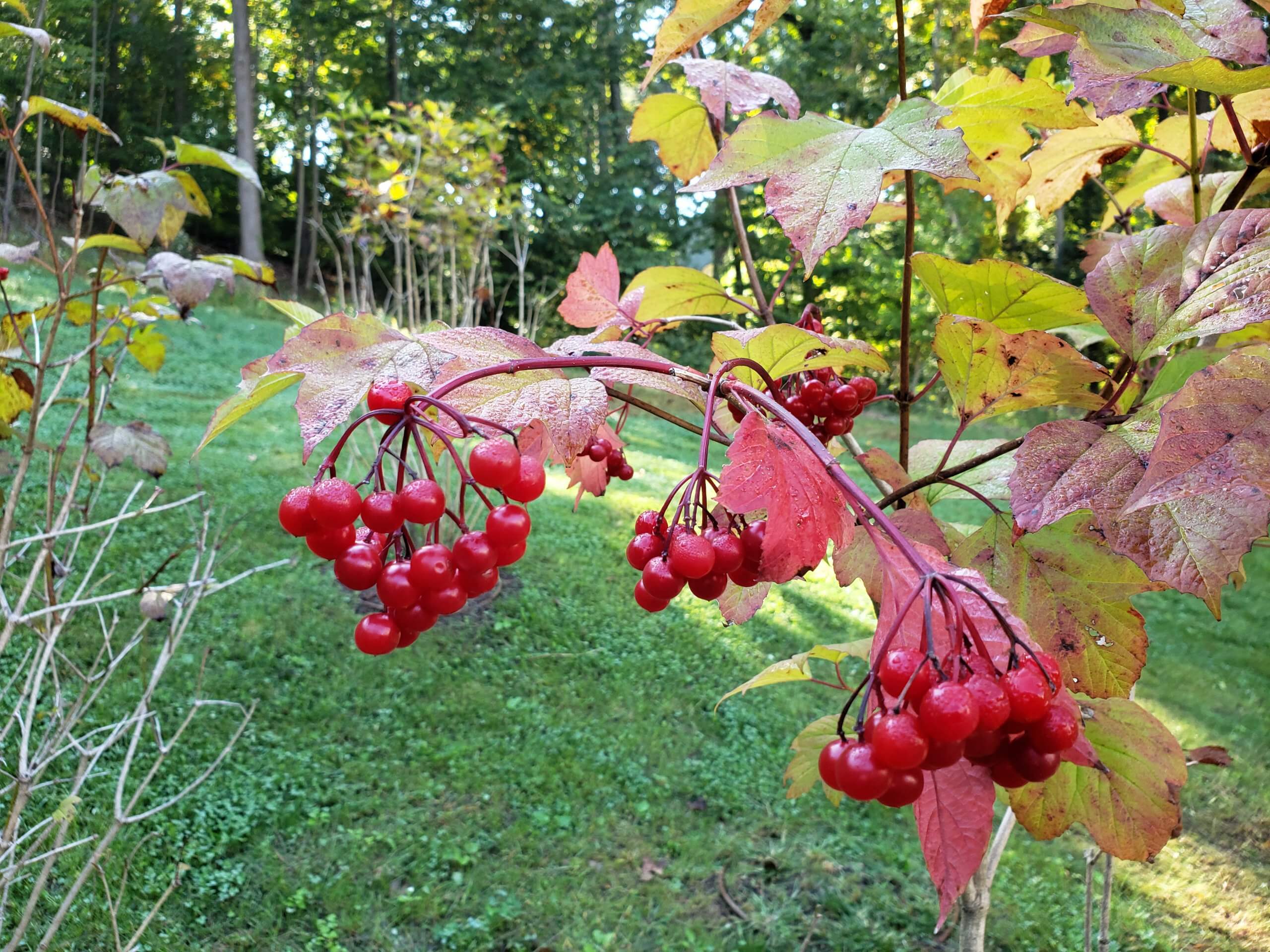How To Grow Cranberry Viburnum For Beautiful Fall Foliage And Edible Berries
Cranberry viburnum (Viburnum opulus) is a beautiful and versatile shrub that can be grown for its edible berries, its colorful fall foliage, or both. It is native to North America and Europe, and it is hardy in USDA zones 3-8.
Cranberry viburnum is a deciduous shrub that can grow up to 10 feet tall and wide. It has oval, green leaves that turn brilliant shades of red, orange, and yellow in the fall. The flowers are white or pink, and they bloom in clusters in the spring. The berries are small, red, and edible.
Cranberry viburnum is a relatively easy shrub to grow. It prefers full sun or partial shade, and it can tolerate a variety of soil types. However, it does best in moist, well-drained soil.
To plant cranberry viburnum, dig a hole that is twice as wide as the root ball. Amend the soil with compost or peat moss, and then place the shrub in the hole. Backfill the hole with soil, and water the shrub well.
Cranberry viburnum is not a heavy feeder, but it will benefit from a light application of fertilizer in the spring. Water the shrub regularly, especially during the first year after planting.
Cranberry viburnum is a relatively pest- and disease-free shrub. However, it can be susceptible to scale insects and powdery mildew. If you see any problems, treat them promptly with an insecticidal soap or fungicide.
Cranberry viburnum is a beautiful and rewarding shrub to grow. It is easy to care for, and it provides both beauty and bounty.
Here are some additional tips for growing cranberry viburnum:
- Plant cranberry viburnum in a location where it will get at least 4 hours of sunlight per day.
- Water cranberry viburnum regularly, especially during the first year after planting.
- Fertilize cranberry viburnum in the spring with a balanced fertilizer.
- Prune cranberry viburnum in the spring to remove dead, diseased, or damaged branches.
- Protect cranberry viburnum from pests and diseases with insecticidal soap or fungicide.
Harvesting Cranberry Viburnum Berries
Cranberry viburnum berries are ripe when they are bright red and easily fall from the stem. To harvest the berries, simply pick them by hand. You can eat the berries fresh, or you can use them to make pies, jams, jellies, and other preserves.
Conclusion
Cranberry viburnum is a beautiful and versatile shrub that is easy to grow. It is a great choice for gardeners who are looking for a shrub that provides both beauty and bounty. With a little care, cranberry viburnum will thrive in your garden for many years to come.
Cranberry viburnum is a beautiful and versatile shrub that can be grown in many different climates. It is known for its white flowers in the spring, its red berries in the fall, and its dense foliage that provides winter interest.
If you are interested in learning more about cranberry viburnum, I encourage you to visit Home Gardening. This website has a wealth of information about the plant, including its care, cultivation, and uses.
FAQ of cranberry viburnum
- What is cranberry viburnum?
Cranberry viburnum (Viburnum macrocephalum) is a deciduous shrub native to eastern North America. It is known for its large, cranberry-like fruits, which are edible but tart. Cranberry viburnum is also a popular ornamental plant, valued for its showy white flowers and red fall foliage.
- How do I grow cranberry viburnum?
Cranberry viburnum is relatively easy to grow. It prefers full sun and moist, acidic soil. Plant cranberry viburnum in spring or fall, and space plants 3-4 feet apart. Water regularly, especially during the first year after planting. Cranberry viburnum is hardy in USDA zones 3-8.
- How do I care for cranberry viburnum?
Cranberry viburnum is a low-maintenance plant. Fertilize in spring with a balanced fertilizer, and prune in late winter or early spring. Cranberry viburnum is susceptible to a few pests and diseases, but these are usually easy to control.
- What are the benefits of cranberry viburnum?
Cranberry viburnum has several benefits. It is a beautiful ornamental plant, and its fruits are edible. Cranberry viburnum also has some medicinal properties. The leaves and bark can be used to make a tea that is said to have diuretic, anti-inflammatory, and astringent properties.
- Where can I buy cranberry viburnum?
Cranberry viburnum is available at most garden centers. You can also find it online.
Image of cranberry viburnum
- Cranberry viburnum shrub in full bloom.
- Close-up of cranberry viburnum flowers.

- Cranberry viburnum berries in fall.

- Cranberry viburnum leaves in fall.

- Cranberry viburnum in winter.

- Cranberry viburnum in a garden setting.

- Cranberry viburnum as a hedge.
- Cranberry viburnum as a specimen plant.

- Cranberry viburnum in a woodland setting.

- Cranberry viburnum in a birdbath.

Post a Comment for "How To Grow Cranberry Viburnum For Beautiful Fall Foliage And Edible Berries"